Norway travel tips
Norway travel tips: Land of fjords and northern lights, boasts stunning landscapes, rich Viking history, and a high quality of life.
Counties 🌎
Norway travel tips. Here is a list of all the counties (fylker) of the Norway.
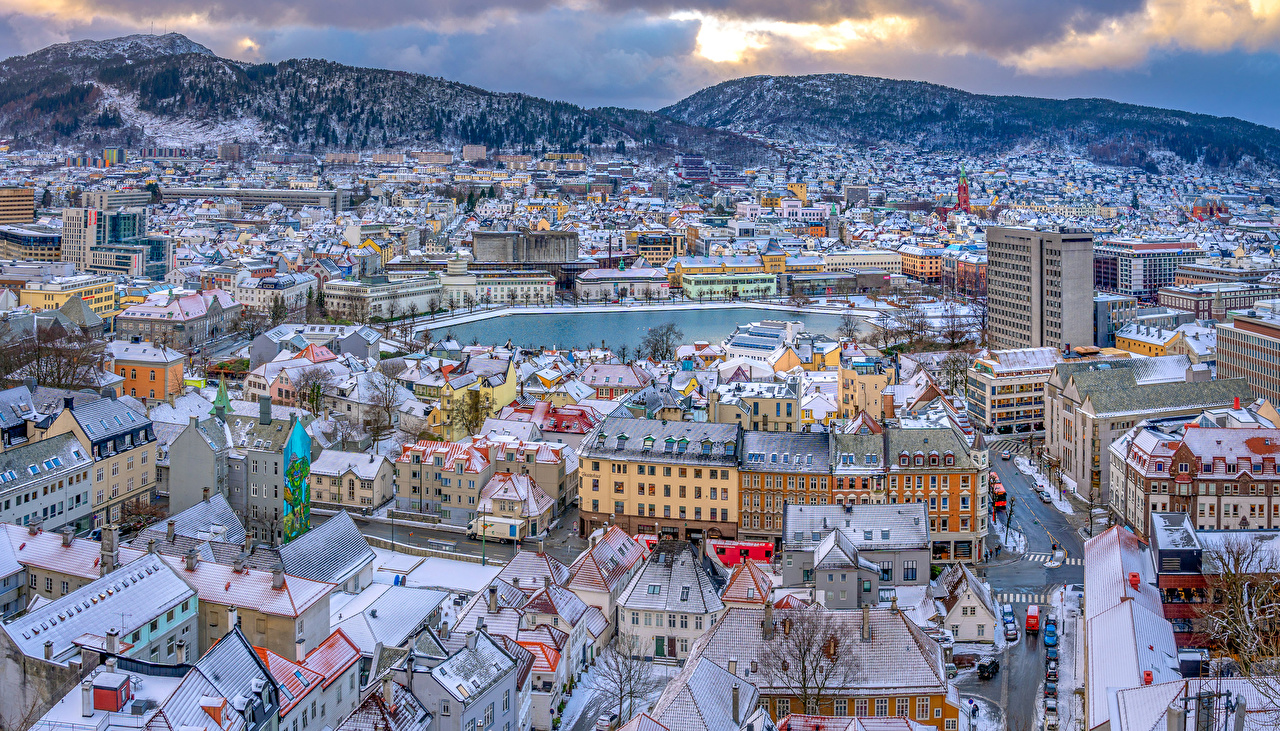
Oslo
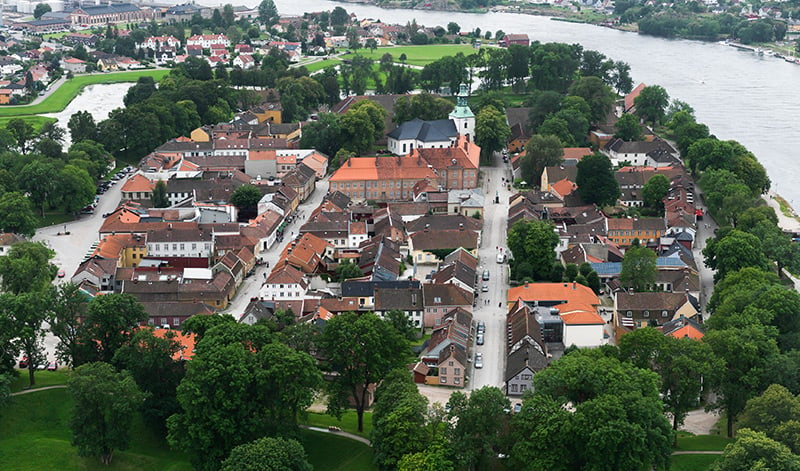
Viken
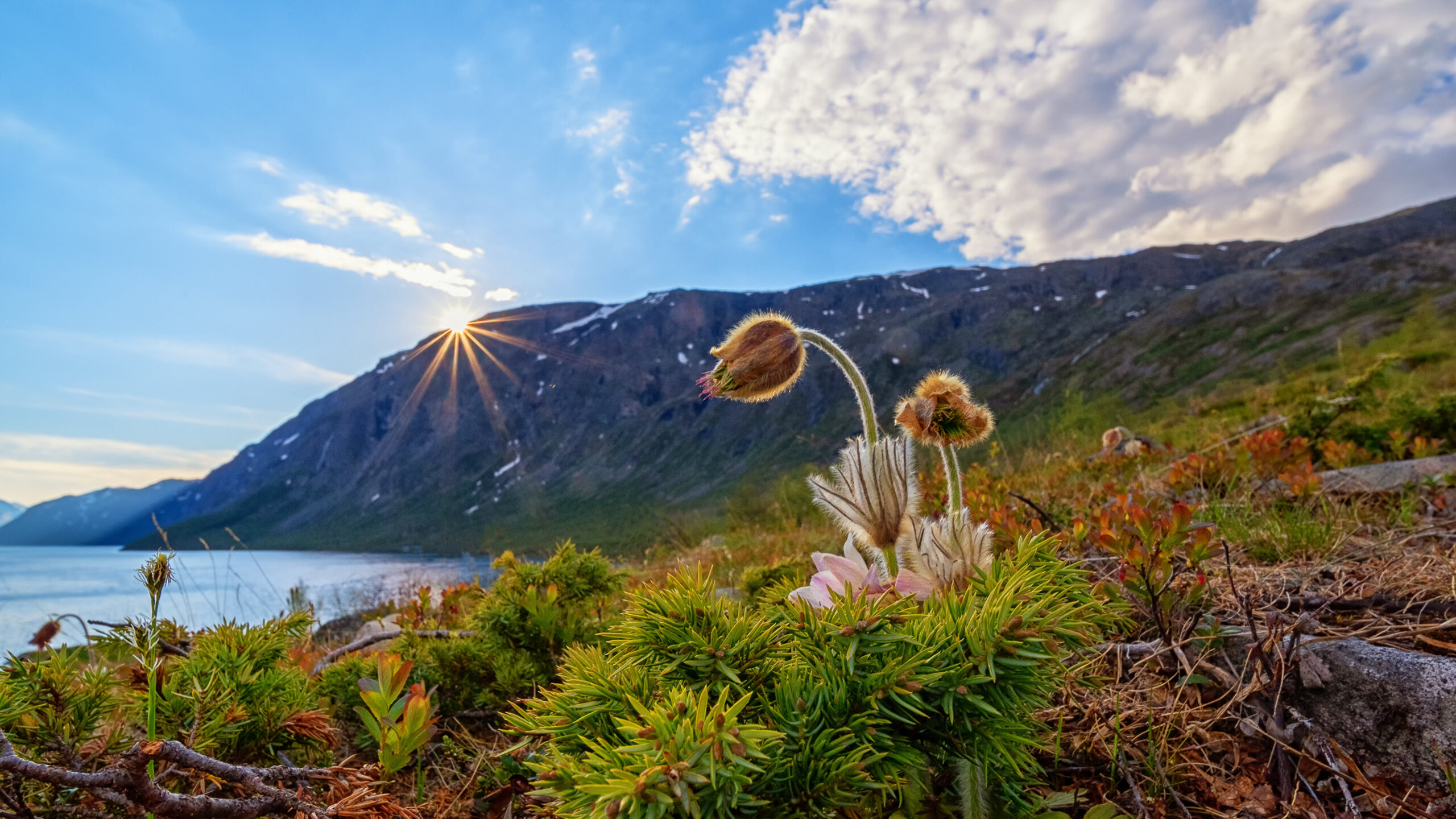
Innlandet
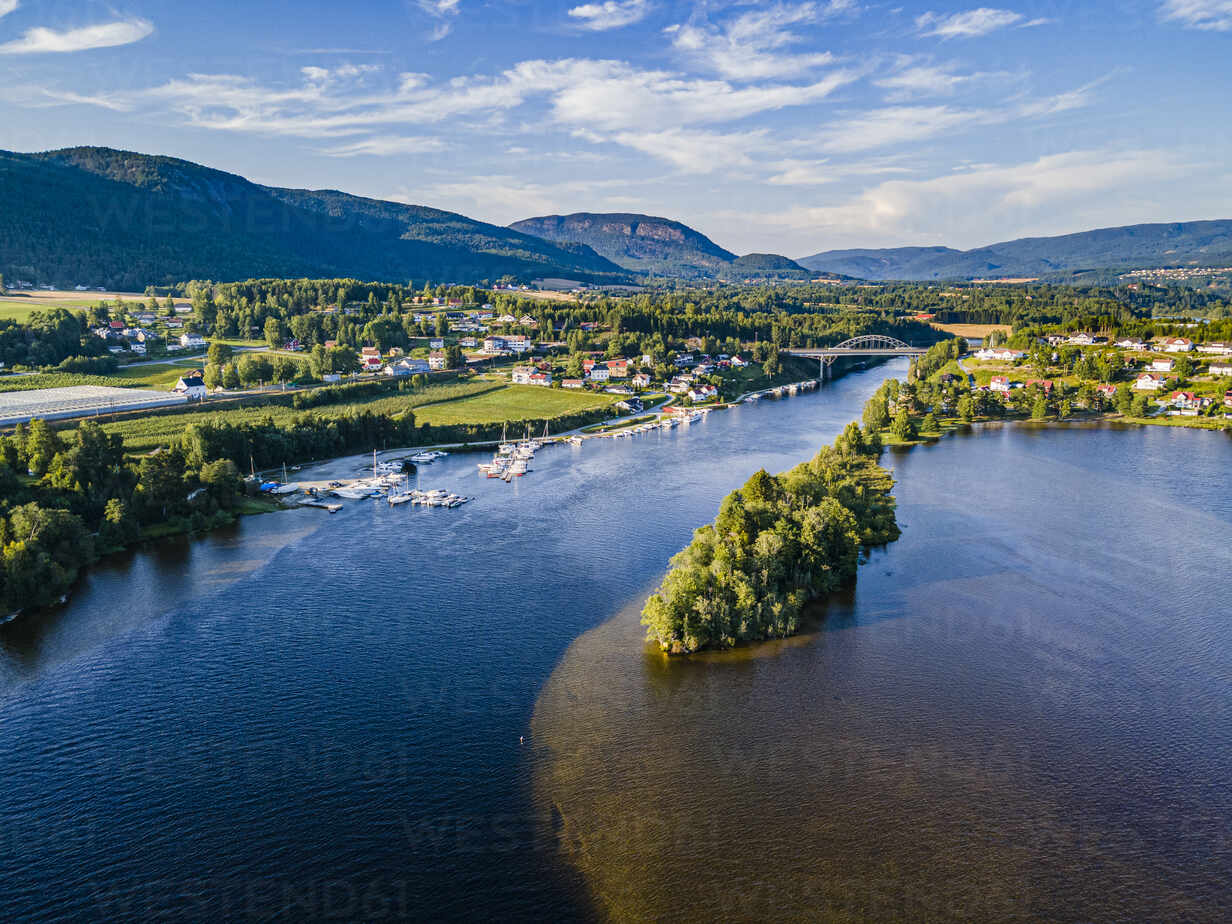
Vestfold og Telemark
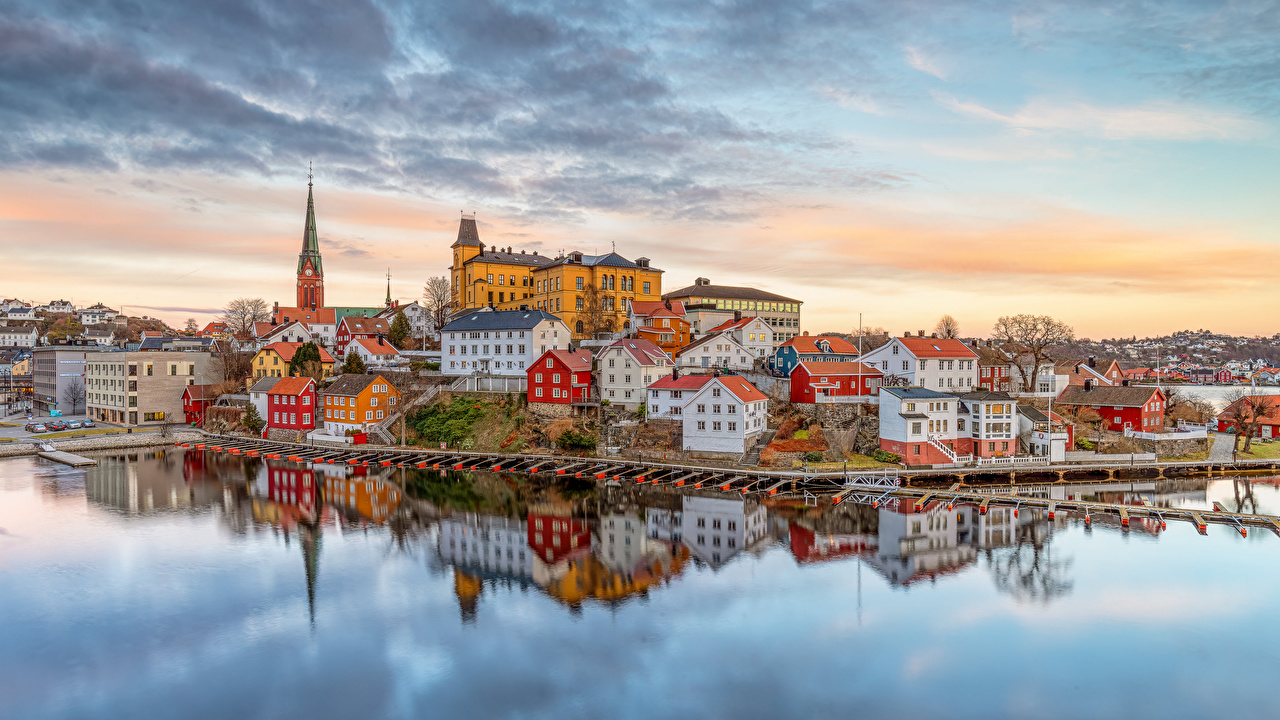
Agder

Rogaland

Vestland

Møre og Romsdal

Trøndelag

Nordland
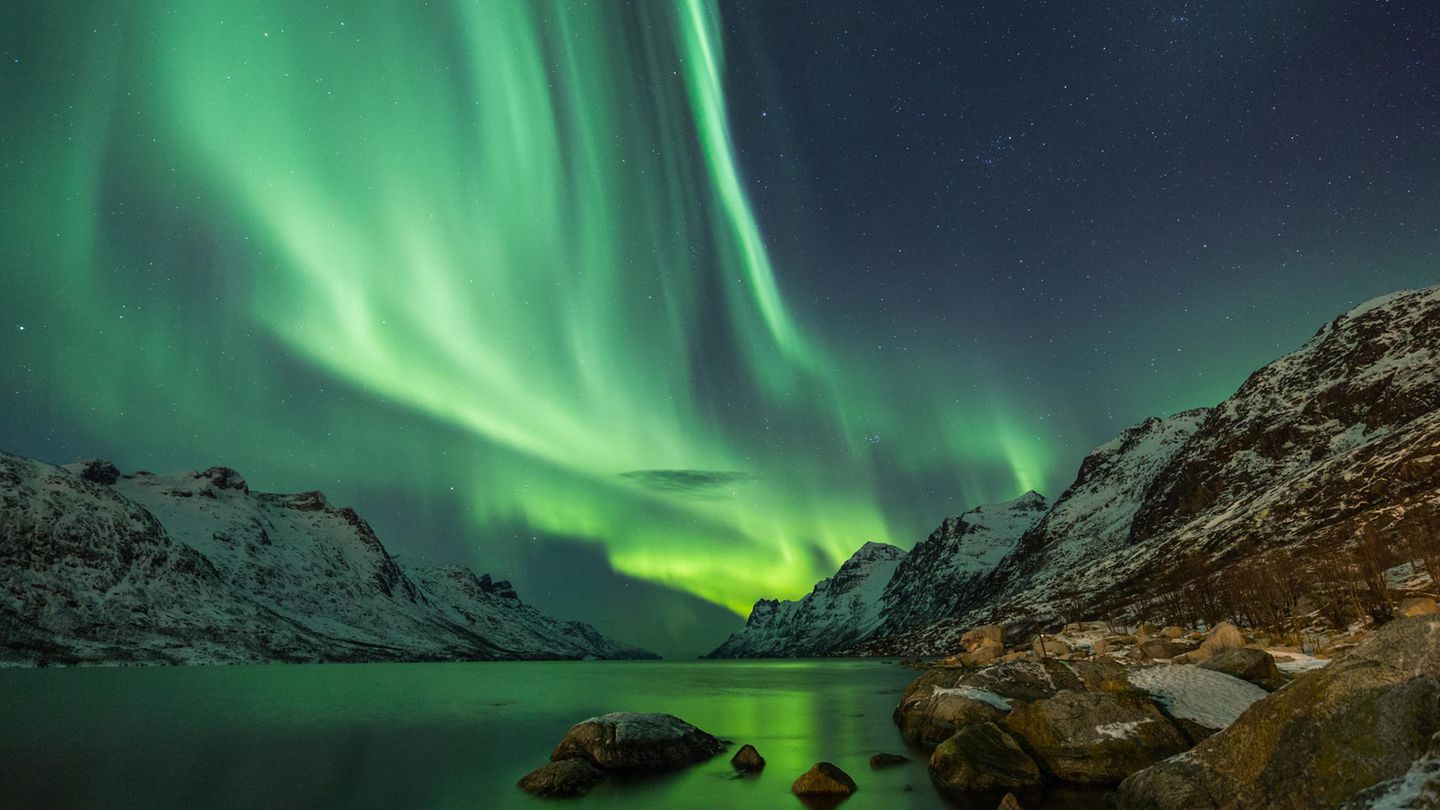
Troms og Finnmark
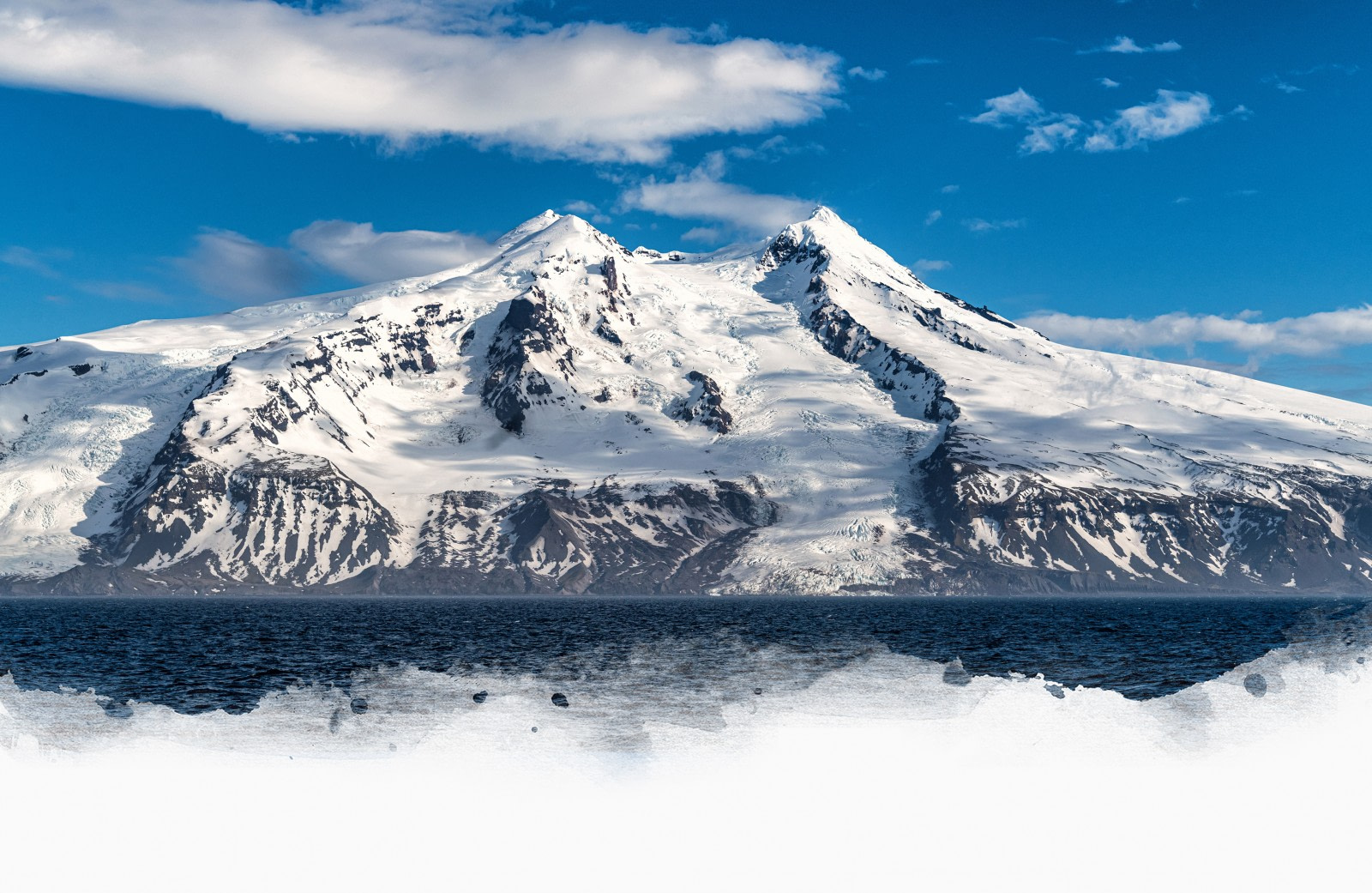
Svalbard and the island of Jan Mayen
Before you go 🛩
Important information you should know before your trip
Info
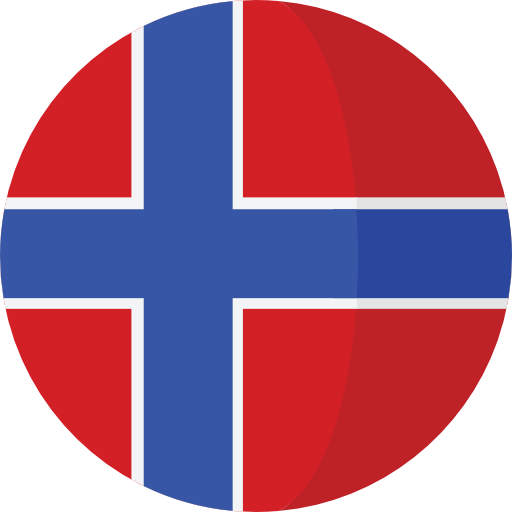
Capital | Oslo
Flag Codes:
ISO alpha-2 NO,
ISO alpha-3 NOR
Currency
Badge | Norwegian Krone
CODE | NOK
NUMBER | 578
SYMBOL | kr
FRACTION | øre
Mobile Coverage
Dialing Code | +47
SIM Card
Coverage | 3G / 4G / 5G |
Mobile Networks | Ice Sweden | Telenor Mobile | Telia Mobile |

Location
Norway is a country located in Northern Europe. It is situated on the western part of the Scandinavian Peninsula, sharing borders with Sweden to the east, Finland and Russia to the northeast, and Denmark to the south. The country has a long coastline along the North Atlantic Ocean and the Norwegian Sea. Norway also includes several offshore islands, including Svalbard and Jan Mayen in the Arctic Ocean. The capital and largest city of Norway is Oslo.
Currency
The currency in Norway is the Norwegian Krone (NOK).
Languages
The official and most widely spoken language in Norway is Norwegian. It is a Germanic language that uses the Latin alphabet and is spoken by almost the entire Norwegian population. Norwegian has two official written forms: Bokmål and Nynorsk. Bokmål is derived from Danish and is the most common form of writing in Norway, while Nynorsk is based on rural Norwegian dialects and is less widely used. Both written forms are accepted as official in Norway and are used in public administration, the media, education, and other fields.
In addition to Norwegian, some minority languages are also spoken in Norway, such as Sami, Kven, and Romani. Sami is the language of the indigenous Sami peoples of northern Norway, Sweden, Finland and Russia, while Kven is a Finnish language spoken in northern Norway. Romany is the language of the Gypsies, who are an ethnic minority in Norway.
Climate 🌡
Norway has a varied climate, influenced by its high latitude and long coastline. The country experiences a combination of oceanic, subarctic, and alpine climates.
Along the coast, particularly in the southwestern region, the climate is relatively mild due to the warming effect of the North Atlantic Current. Winters are generally mild, with temperatures averaging around 0°C (32°F), and summers are cool, with average temperatures ranging from 10°C to 20°C (50°F to 68°F). Rainfall is frequent throughout the year, with the wettest period occurring in autumn.
As you move further inland and towards higher elevations, the climate becomes progressively colder. In the central and northern parts of Norway, including areas such as Trondheim and Tromsø, the subarctic climate prevails. Winters are long and cold, with temperatures often dropping below freezing, while summers are short and cool. Snowfall is common during winter, and the region experiences more pronounced seasonal variations.
In the mountainous areas, such as the Scandinavian Mountains and the inland regions of southern Norway, an alpine climate dominates. Here, winters are harsh and snowy, with temperatures well below freezing, while summers are short and cool. The mountainous terrain also leads to significant variations in weather conditions depending on altitude and local topography.
Norway’s climate can vary significantly from region to region, and microclimates can be found throughout the country. It’s worth noting that the weather in Norway can be unpredictable, and it’s always a good idea to check the local forecast before planning any outdoor activities.
Norway travel tips
If you’re planning a trip to Norway, here are some travel tips to enhance your experience:
Northern Lights Magic:
- Witness the mesmerizing Northern Lights during the winter months.
- Head to Tromsø or Lofoten Islands for optimal viewing opportunities.
Cultural Exploration:
- Immerse yourself in Viking history at the Viking Ship Museum in Oslo.
- Experience local traditions in towns like Bergen and Stavanger.
Outdoor Adventures:
- Enjoy outdoor activities such as hiking, skiing, and kayaking.
- Take a scenic train ride on the Flam Railway for breathtaking views.
Weather Preparedness:
- Pack layers, even in summer, as weather can be unpredictable.
- Check local forecasts and be prepared for varying conditions.
Transportation:
- Efficient public transportation is available; consider trains and buses.
- Rent a car for flexibility, especially for exploring remote areas.
- View Guide.
Midnight Sun Experience:
- Experience the phenomenon of the Midnight Sun in northern regions during summer.
- Plan outdoor activities during extended daylight hours.
Health and Safety:
- Norway has excellent healthcare, but travel insurance is advisable.
- Be cautious in mountainous terrain and follow safety guidelines.
Enjoy your time in Norway!

The best of the best
Norwegian cuisine is influenced by its geographical location, with an emphasis on seafood, game, and traditional preservation methods.

Gravlaks
This is a popular Norwegian dish made of thinly sliced raw salmon cured in a mixture of salt, sugar, and dill. It is usually served with a mustard-dill sauce.

Fårikål
Norway’s national dish, fårikål is a hearty stew made with lamb, cabbage, black pepper, and sometimes potatoes.
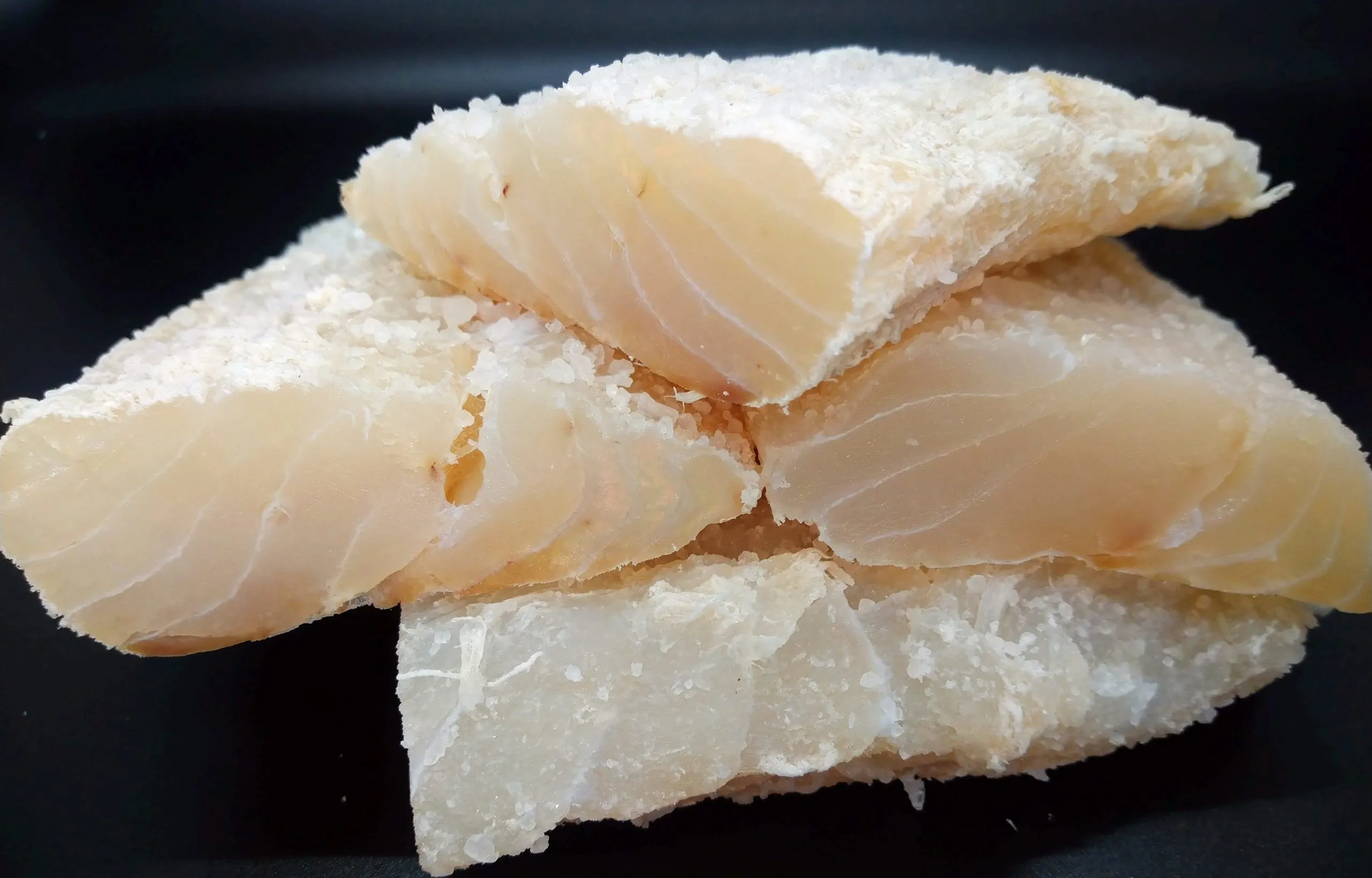
Klippfisk
Klippfisk is salted and dried cod that has been a staple in Norwegian cuisine for centuries.
Here are some typical foods you can find in Norway:
Krumkake: This is a thin, crisp, cone-shaped waffle cookie made from a batter of flour, eggs, sugar, and cream. It is often rolled and filled with whipped cream or other sweet fillings.
Lutefisk: Lutefisk is dried white fish, commonly cod, that has been soaked in water and lye to rehydrate and preserve it. It is then cooked and served with boiled potatoes, bacon, and peas.
Raspeballer: Also known as klubb or komle, raspeballer is a traditional Norwegian potato dumpling. It is made by grating raw potatoes and mixing them with boiled and mashed potatoes, flour, and salt. It is typically served with bacon, sausages, and melted butter.
Brunost: Brunost, meaning “brown cheese,” is a distinctive Norwegian cheese made from caramelized whey. It has a sweet, caramel-like flavor and is often enjoyed on bread or crackers.
Rømmegrøt: Rømmegrøt is a traditional sour cream porridge made with flour, butter, and sour cream. It is often served with a sprinkling of cinnamon, sugar, and melted butter.
Smoked salmon: Norway is renowned for its high-quality smoked salmon. It is often thinly sliced and enjoyed on bread or used as a topping for various dishes.
Cloudberries: Cloudberries are a golden-colored berry that grows wild in the Norwegian countryside. They have a sweet-tart flavor and are commonly used in desserts, jams, and sauces.
The country’s cuisine celebrates its natural resources and offers a range of flavors and dishes that reflect its cultural heritage.
Transportation 🚥
More information about this country
Choose your destination 📍🗺
Useful Links ✅



